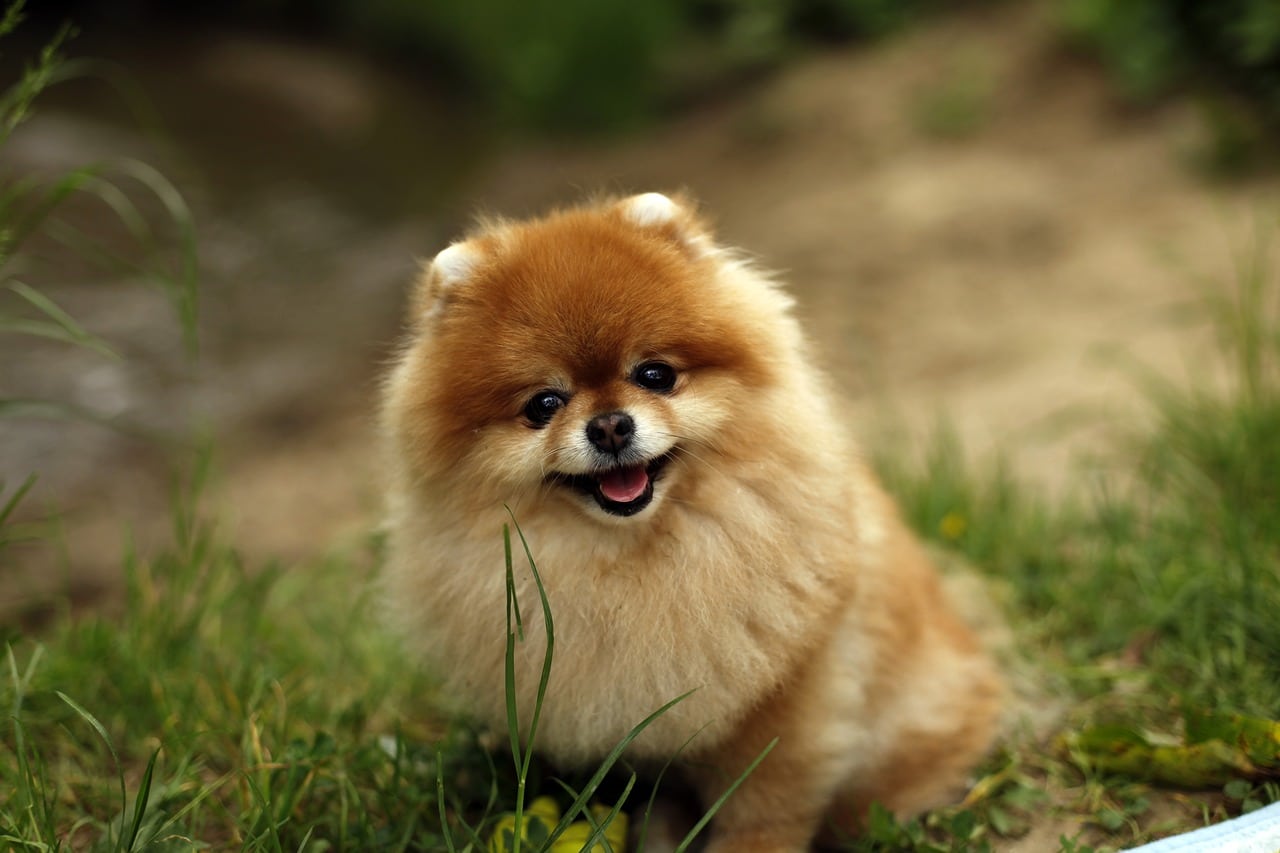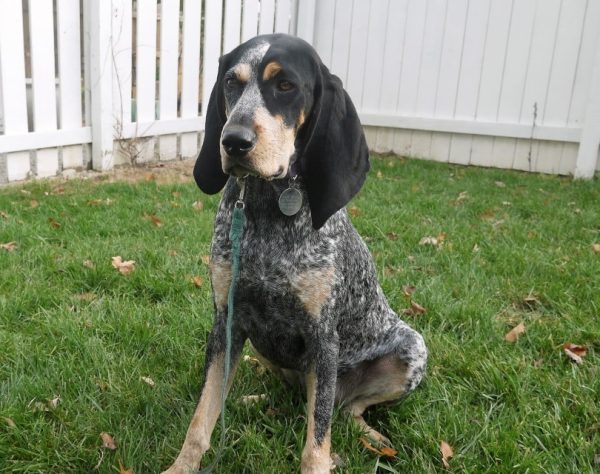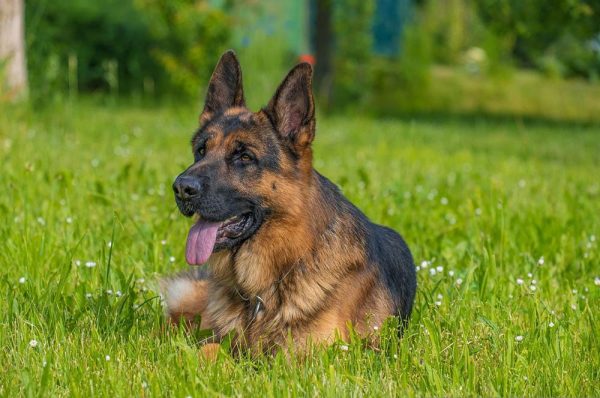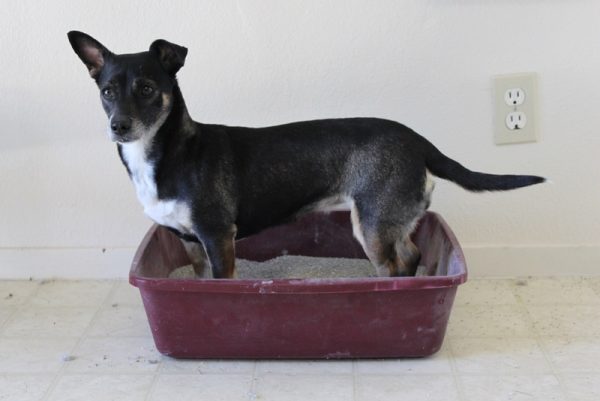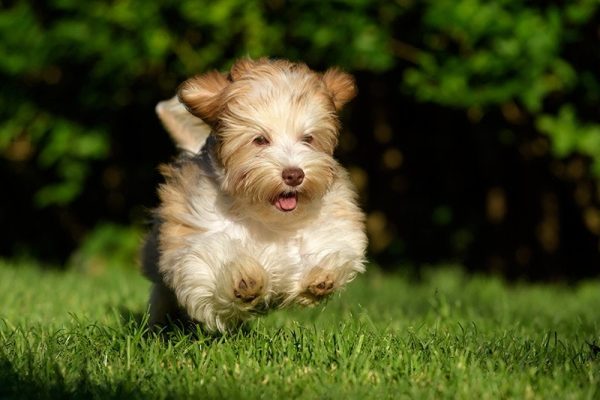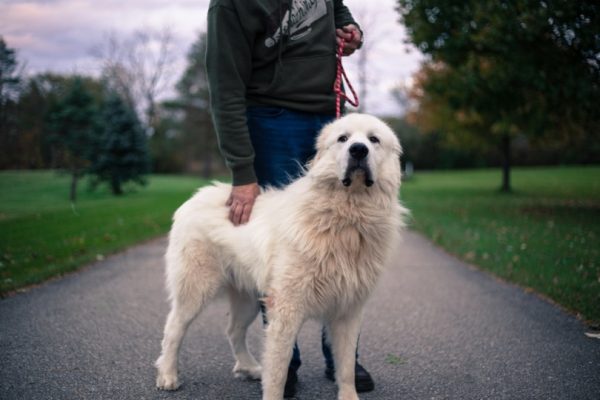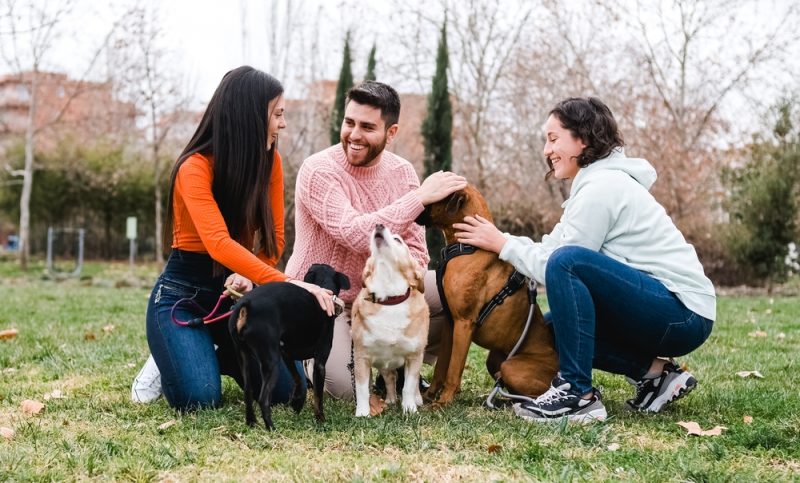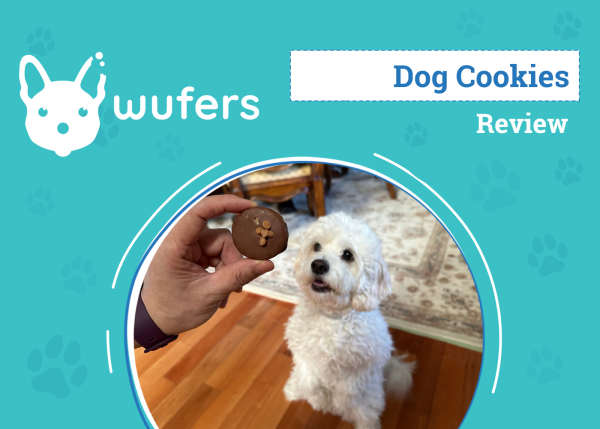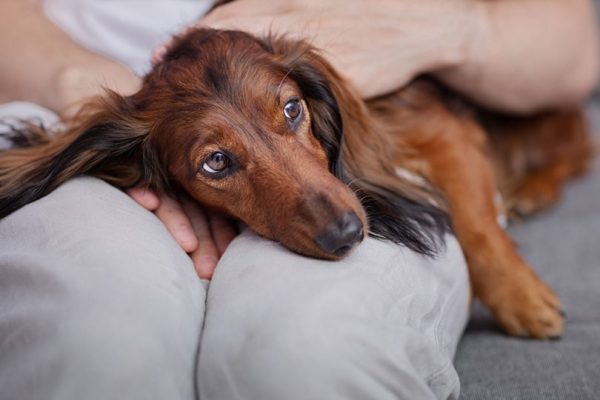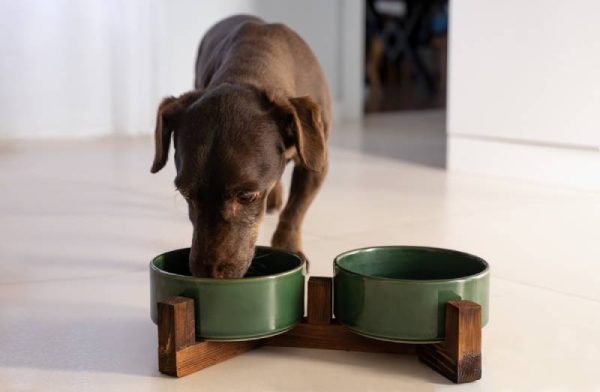In this article
View 8 More +Thinking of adopting a dog? Then, you’ve probably looked at a million breeds, trying to find one you love. Have you considered the Miniature Spitz, though? This breed is rarer in the United States, but these small, adorable pups make fantastic companions. These dogs are loyal, love to play, are vocal, and adore affection!
Want to learn more about the Miniature Spitz to decide if the breed is right for you? Of course you do! We have all the information you need below, from their temperament to how to care for one of these canines.
Breed Overview
Height:
8–12 inches
Weight:
7–11 pounds
Lifespan:
13–15 years
Colors:
Black, brown, white, orange, grey
Suitable for:
Families with older children, those living in single homes, those who enjoy being active
Temperament:
Active, bold, feisty, fearless
The Miniature Spitz is the miniature version of the German Spitz. The German Spitz has been around for a long time, and this breed has undergone many changes throughout their history. The German Spitz also comes in various sizes, including the Keeshond, Giant Spitz, and Medium Spitz. So, if it’s the Miniature Spitz you want, be sure you’re looking at breeders with the right size!
Miniature Spitz Characteristics

Miniature Spitz Puppies
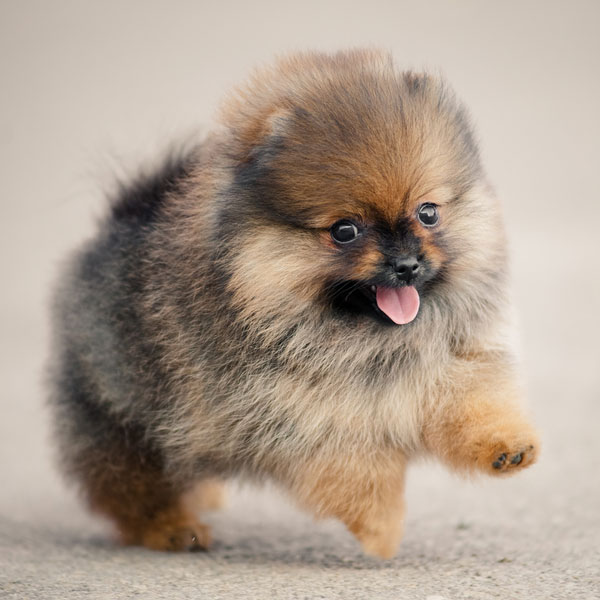
When adopting a Miniature Spitz, you’ll probably have to go through a reputable breeder or check with a Spitz rescue organization, especially if you’re in the U.S., as the breed is rarer there. You might be able to find one of these pups at your local shelter, but chances are slim. Once you have your puppy, be prepared to have an incredibly lively dog on your hands!
Your Miniature Spitz will need plenty of training and socialization when they are young to ensure they do well when meeting new people and don’t bark all the time (these pups are very “talkative”!). The breed is fairly easy to train; however, they are fiercely independent, too, which can sometimes hinder training.
They’ll also want to play nearly non-stop, so have lots of toys on hand to entertain them with!
Temperament & Intelligence of the Miniature Spitz
Don’t let the smaller size of the Miniature Spitz fool you; this breed is large on personality! These canines are known for being active and lively, always ready for a walk or playtime, so you’ll need a lot of energy to keep up with them. The breed is also highly loyal and forms quick and strong bonds with its people. You can also expect plenty of affection with these pups; if you can get them to sit still long enough, they’ll be more than happy to engage in a snuggle.
Though loving and affectionate around their families, the Miniature Spitz is much more reserved when meeting strangers. They’ll be protective of their humans and may bark at new people. Because the Miniature Spitz is highly intelligent, they’ll also require plenty of mental stimulation. This stimulation can be in the form of teaching them new tricks, puzzle games, or something similar, but you’ll want to keep them busy.
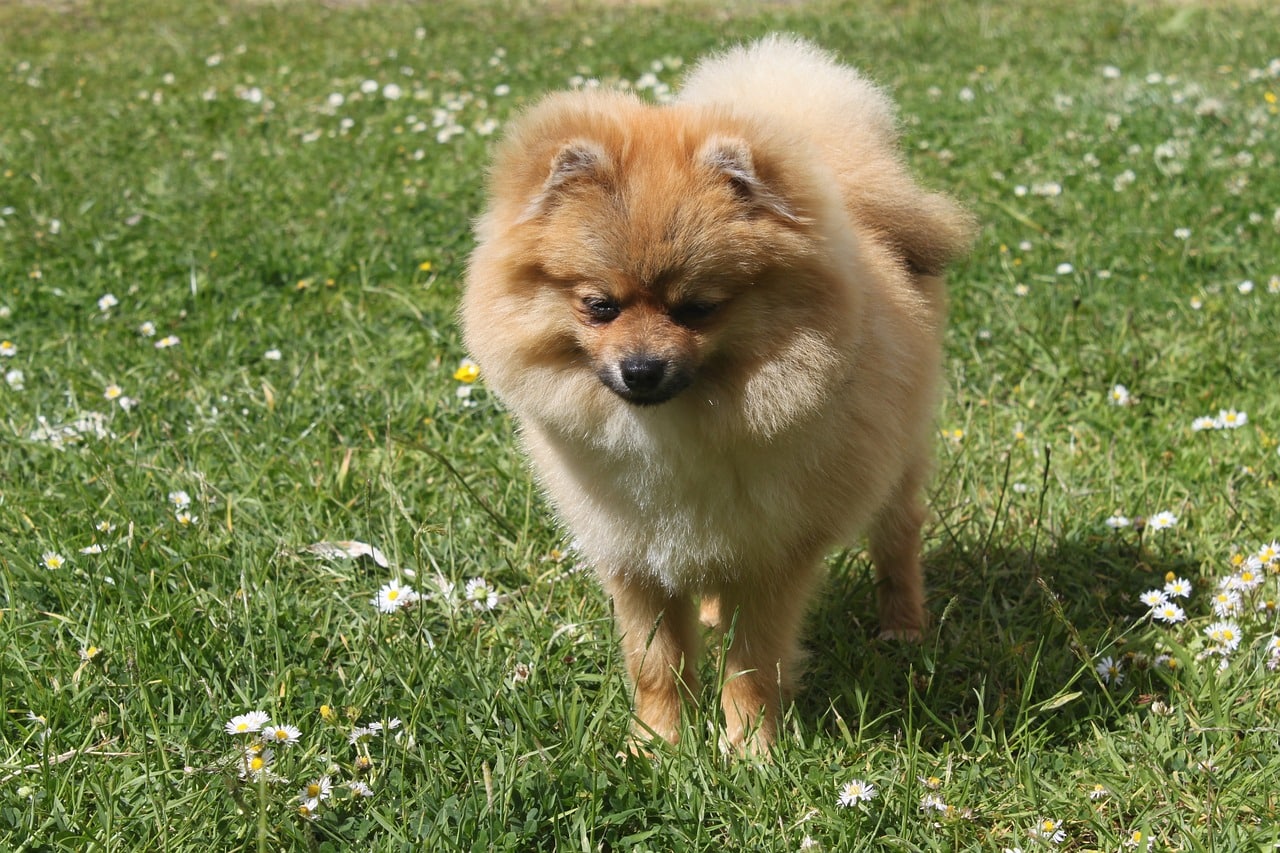
Are These Dogs Good for Families? 👪
The Miniature Spitz makes an excellent family pet, but they’ll do better in families with older children. While they can get along with younger children, due to the Miniature Spitz’s size, it’s much more likely they’ll be accidentally injured by an overexuberant child. Plus, the Miniature Spitz can get a bit nervous if they feel as if they’re being mistreated (such as with accidental ear or tail pulling); if they become nervous enough, they could bite. So, older children are much preferable to these dogs than small children.
Does This Breed Get Along With Other Pets?
The Miniature Spitz can get along well with other pets (though they’ll also be perfectly happy to be the only animal in the home since it means they’ll get all the attention!). They’ll get along best with other canines; just be sure both dogs get equal attention. Otherwise, the Spitz may want to tussle for more. This breed’s prey drive is high, so be careful with smaller animals like felines and hamsters. A Miniature Spitz can get along with smaller pets, but it requires extensive early socialization and slow introductions to win over that prey drive.

Things to Know When Owning a Miniature Spitz:
There’s much more to know when it comes to owning a Miniature Spitz, of course. You’ll need to know how much exercise they need, how difficult it is to train them, and so on.
Food & Diet Requirements 🦴
Like all canines, the Miniature Spitz will require high-quality dog food that is high in protein. However, feeding these dogs a food specifically designed for smaller breeds is advisable to ensure they receive all the nutrients they need. Speak with your vet about how much your Miniature Spitz should eat each day; every dog is an individual, and your vet will know best how much food is suitable.
You will want to be careful not to overfeed this breed. The Miniature Spitz can easily put on weight if you aren’t careful, and those extra pounds can lead to health issues. Also, remember to give them treats only in moderation!
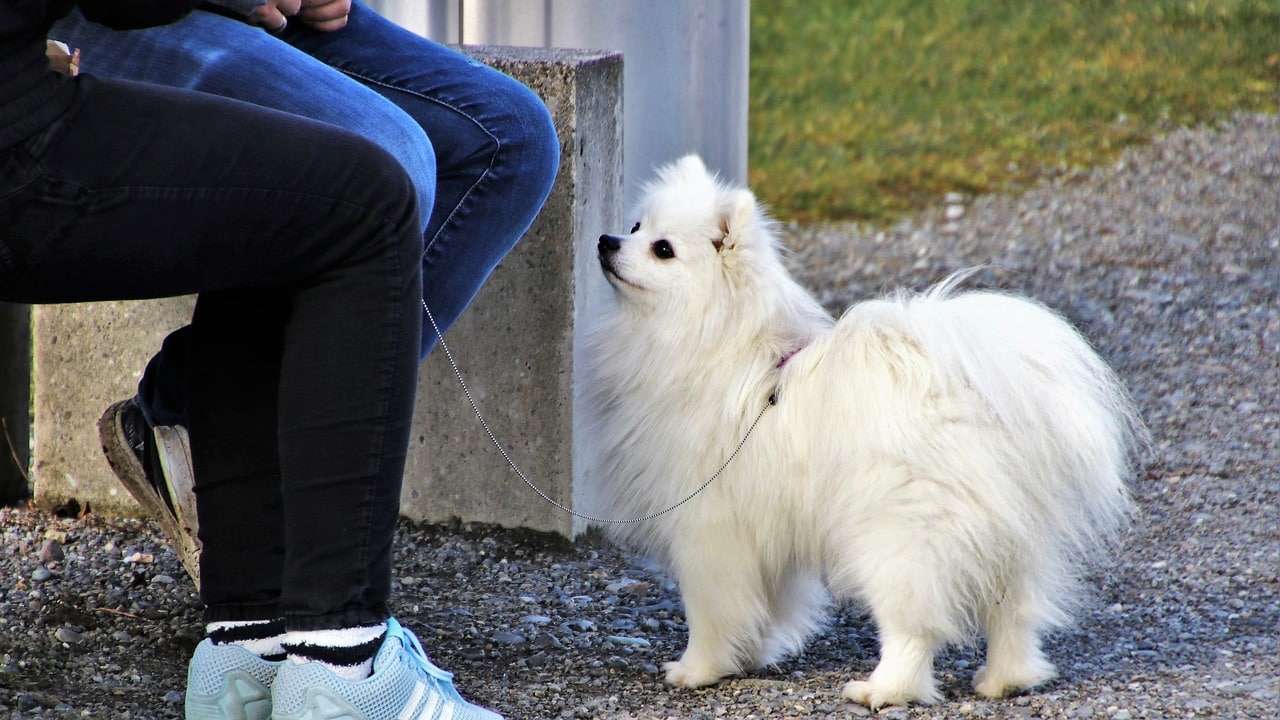
Exercise 🐕
Though the Miniature Spitz is a lively dog that enjoys being active, they only need 30–60 minutes of exercise a day. These can include walks, running around the backyard, or a good game of chase. However, these dogs will likely be more than happy for more exercise than that, such as longer walks or short hikes.
Be sure to secure your yard well before letting your Miniature Spitz into it alone. Due to their size, these pups are pros at wiggling through small spaces, so they can slip through tiny gaps in a fence. Also, block off any pools or ponds on your property, as these canines aren’t particularly good swimmers.
Training 🎾
Because this breed is incredibly intelligent and eager to please, they tend to be fairly easy to train. However, they have a wide independent streak and dislike being forced to do things, which can occasionally throw a wrench into training plans. By sticking with mini-training sessions and using plenty of positive reinforcement, though, you should be fine training your dog.
One specific area you’ll want to train them in is not barking. These dogs are known to bark at anything and anyone new, which can quickly become overwhelming not only for your household but any close neighbors.
Grooming ✂️
Grooming a Miniature Spitz is a bit less simple than training one, but it isn’t overly complicated. It just requires some work on your part. These dogs have a large double coat that should be brushed every other day to remove dead hair, minus the two times a year the undercoat sheds, when brushing should be daily. (Expect to find dog hair everywhere when the undercoat sheds!) Luckily, these pups won’t need baths very often. Even if they get extremely muddy, you should be able to brush the mud out if you let it dry first.
Other than regular brushings, your Miniature Spitz will need to have their nails regularly trimmed. You’ll also want to brush their teeth often to help prevent dental disease, as well as clean their ears frequently to prevent infections.
Health and Conditions 🏥
Though this breed is generally healthy, there are a couple of conditions they are prone to developing. By adopting a dog via a reputable breeder, though, you should be getting a pup who has been tested for common ailments, and you can be informed of any potential future health concerns.
- Patella Luxation
- Progressive Retinal Atrophy
Male vs Female
There is little difference between males and females when it comes to the Miniature Spitz. Males may be slightly bigger, but the two sexes will be relatively close in size. They’ll also be similar in personality, so which sex is best for you depends on your preference.

3 Little-Known Facts About the Miniature Spitz
Want to learn even more about the Miniature Spitz? Here are three things you might not have known about these pups!
1. The German Spitz is an incredibly old breed.
The Miniature Spitz is the, well, miniature version of the German Spitz, and the German Spitz is ancient. The first known mention of the German Spitz was in 1450!
2. This breed used to be referred to as “mistbeller”.
The German Spitz was originally quite popular with farmers, as they made excellent watchdogs. They’d sit at the highest point of the farm to keep an eye on things. However, sometimes the highest point was where the muck heap was, leading to the nickname “mistbeller”, which loosely translates to “dung-hill barkers”.
3. The breed was popular with royalty.
In fact, Queen Victoria and Queen Charlotte were fans!

Final Thoughts
The Miniature Spitz is the miniature version of the German Spitz and makes for a feisty, lively, loyal, and affectionate companion. These pups are a blast and make wonderful family dogs (though they do better with older children). They’ll also keep an eye out on you and your home and alert you (loudly) if anyone approaches. The German Spitz is a rarer breed in the U.S., though, so if you’re located there, you might have difficulty finding one of these adorable dogs.
Featured Image Credit: Grigorijkalyuzhnyj, Pixabay
